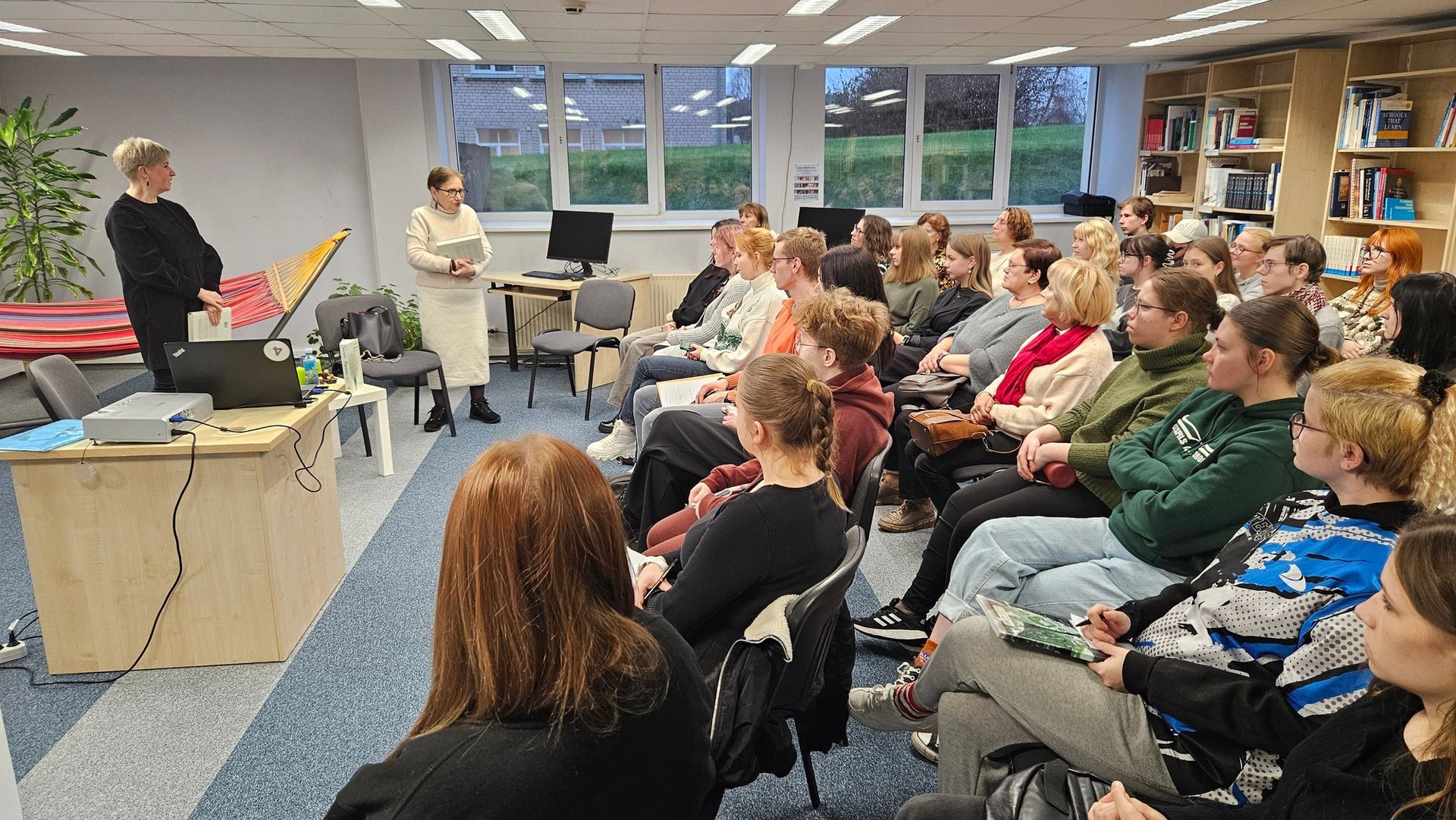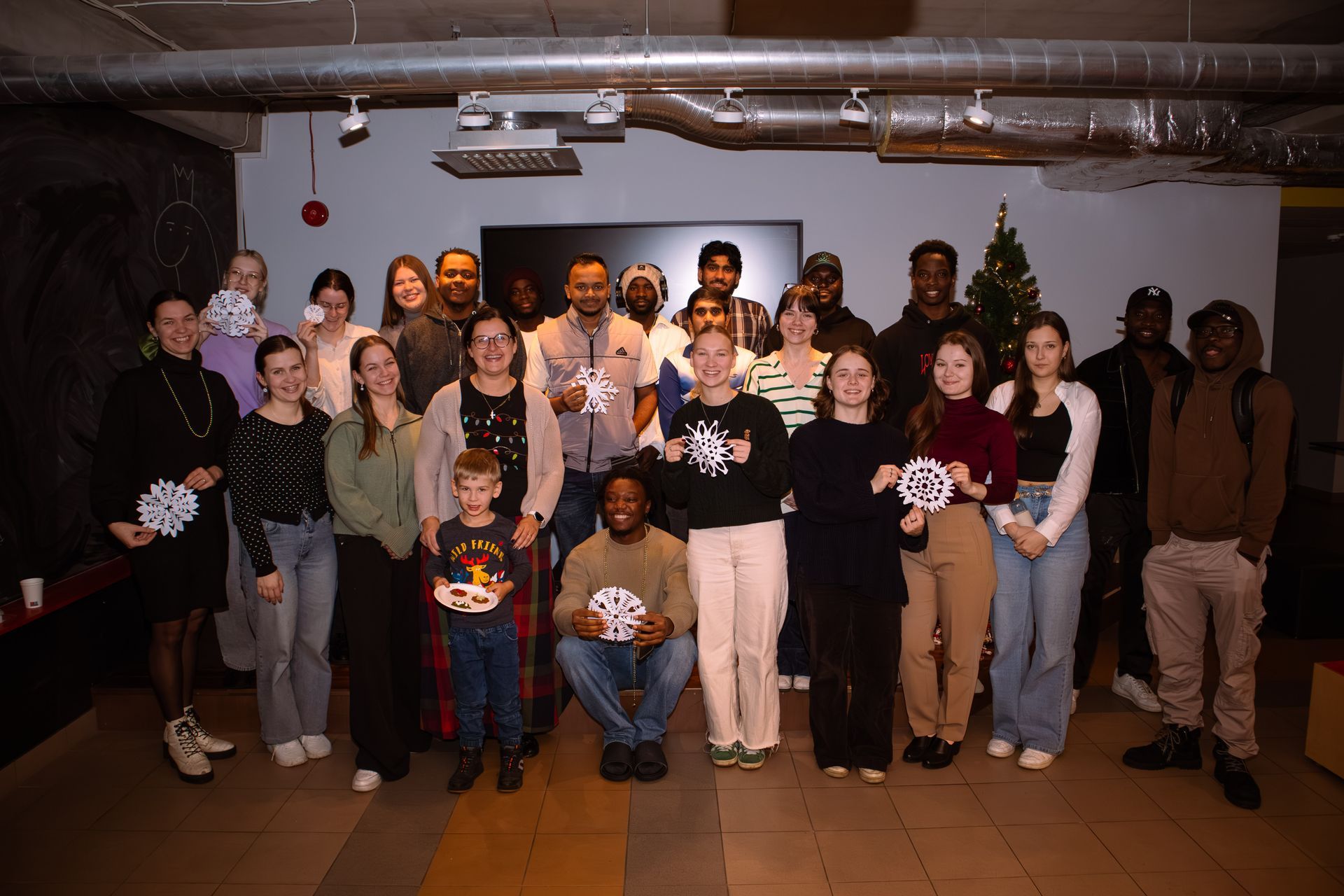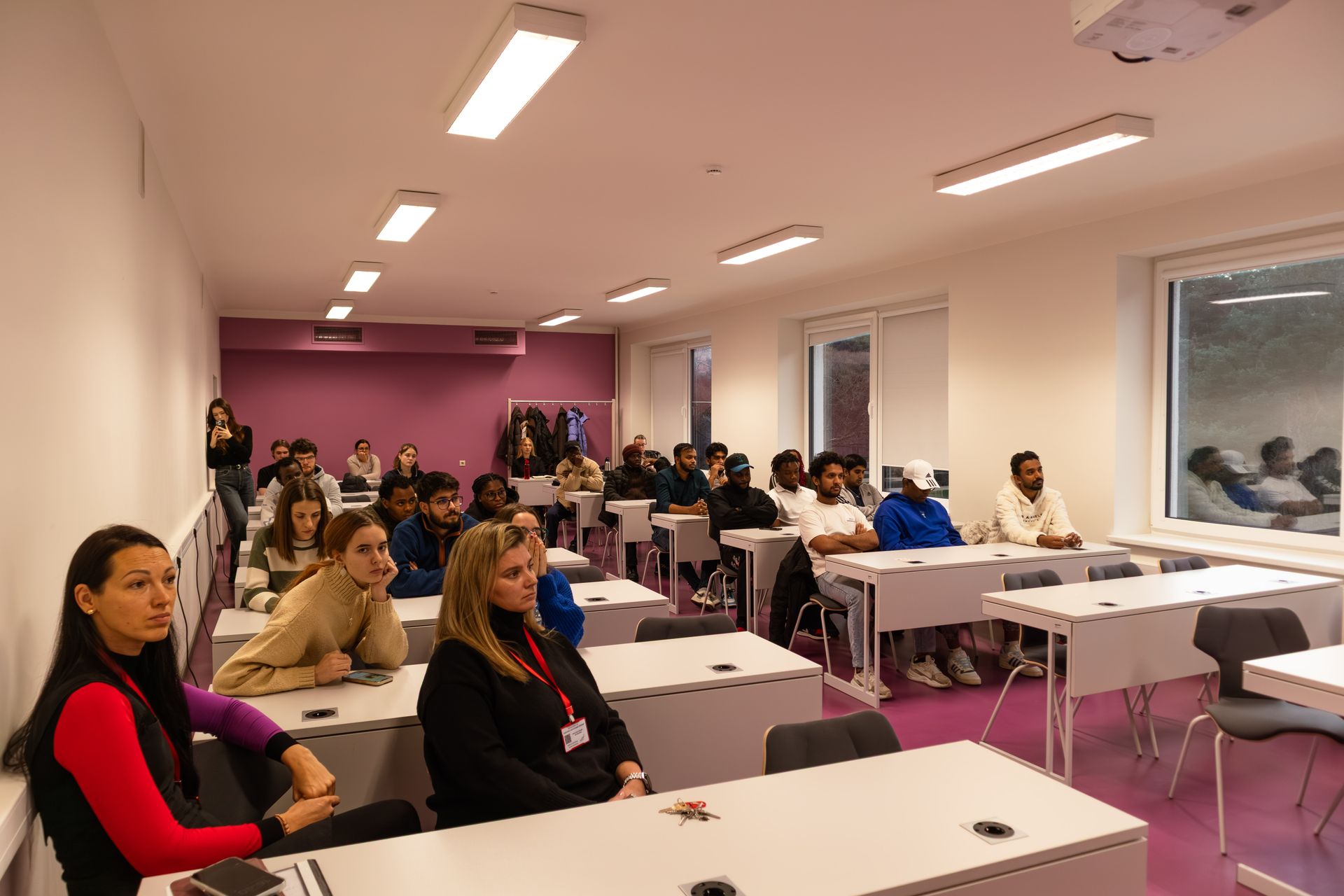Scientists’ Research Published in One of the Most Prestigious Journals in Astronomy
Scientists from Ventspils University of Applied Sciences have conducted a broud and comprehensive study on the processes of star formation. Their research has been published in one of the world’s most prestigious astronomy journals, the Monthly Notices of the Royal Astronomical Society. This journal, established in 1827, is renowned for presenting remarkable discoveries and research from around the globe.
Overall, the mechanisms behind the formation of massive stars remain poorly understood. Researchers from the Ventspils International Radio Astronomy Center (VIRAC), part of the VUAS, spent five years studying these processes using the unique infrastructure at Irbene—radio telescopes RT-32 and RT-16. Over this period, the team conducted more than 21,000 individual observations, uncovering significant variability in observed sources. These findings highlight the chaotic and dynamic nature of massive star formation.
Such research is highly complex, requiring specialized knowledge, skills, infrastructure, and, most importantly, extensive time. The study focused on massive star clusters with masses exceeding eight solar masses. Observing these formations using optical methods is particularly challenging, as they occur deep within dense and opaque nebulae. Since spring 2017, researchers have systematically monitored methanol masers in 42 massive star formation regions.
Researcher Artis Aberfelds commented:
“It is truly gratifying to see our work recognized. The journal is prestigious and will undoubtedly help the study reach a wide professional audience, enhancing the visibility of both Ventspils University of Applied Sciences and VIRAC, and demonstrating the scope, complexity, and importance of the research, what we can accomplish. I am proud that we have been able to conduct this research consistently and without interruption. Maintaining this level of quality and execution over five years, despite the need to coordinate with other observations, employee vocation, staff changes, and other influencing factors, is a testament to our enthusiasm and perseverance. For me, as a young researcher, leading a publication in a journal of this caliber—one of the world’s leading journals—is an invaluable experience.”
The study was conducted by VIRAC researcher Artis Aberfelds, lead researchers Ivars Šmelds and Ross A. Burns, and scientific assistant Jānis Šteinbergs.
Share on other platforms
Other news







